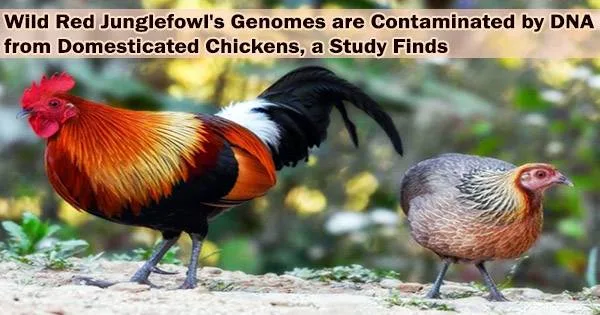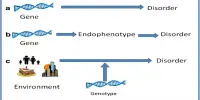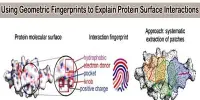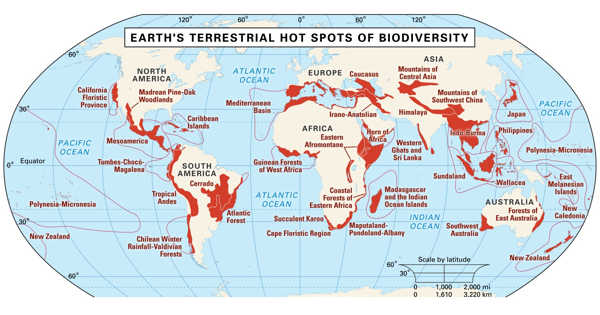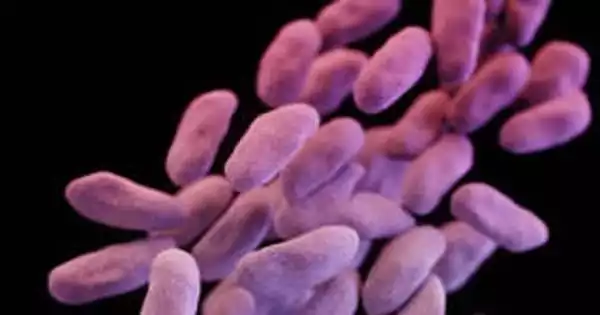It is possible for DNA from domesticated chickens to crossbreed with wild red junglefowl, potentially affecting the genomes of wild populations. This can occur if domesticated chickens escape or are released into the wild, and mate with wild birds.
According to a recent study led by Frank Rheindt of the National University of Singapore and published on January 19 (2023) in the journal PLOS Genetics, the red junglefowl, the wild ancestor of the chicken, is losing its genetic variety due to interbreeding with domesticated birds.
Between 3,000 and 10,000 years ago, humans domesticated the red junglefowl in tropical Asia, although domestic and wild birds can still breed today. Red junglefowl conservation is concerned about this because as wild populations absorb more DNA from chickens, they may lose their genetic diversity and become less able to adapt to environmental changes.
Genomes of 100 year old birds show that modern wild junglefowl carry on average more domestic DNA than they used to. The wild genotype is an important reservoir of chickens’ genetic diversity and preserving it is critical.
In the latest study, scientists compared the entire genomes of 63 junglefowl and 51 chickens from different parts of the wild bird’s native habitat to look for evidence of interbreeding. They observed that the magnitude of DNA transfer from domesticated chickens into wild junglefowl has grown in recent years.
The researchers calculated that the wild birds have inherited 20% to 50% of their genomes from domestic birds, depending on their location, by comparing present wild genomes to genomes of red junglefowl from roughly a century ago.
The study also discovered eight genes that were significantly different between domestic chickens and their wild progenitors and were probably essential to the chicken’s evolution into a livestock animal. These genes are involved in development, reproduction and vision.
The study’s findings highlight the continued genetic diversity loss in wild junglefowl, and the researchers speculate that measures to conserve its genome may be required.
Furthermore, wild populations are valuable for agriculture because they can act as a genetic diversity resource that can be used by scientists to improve domesticated species, such as by identifying genetic variations that increase an animal’s resistance to a particular illness. The loss of that genetic diversity in red junglefowl could make it more difficult for scientists to protect one of the most vital food sources for humans.
The authors add: “Genomes of 100 year old birds show that modern wild junglefowl carry on average more domestic DNA than they used to. The wild genotype is an important reservoir of chickens’ genetic diversity and preserving it is critical.”
